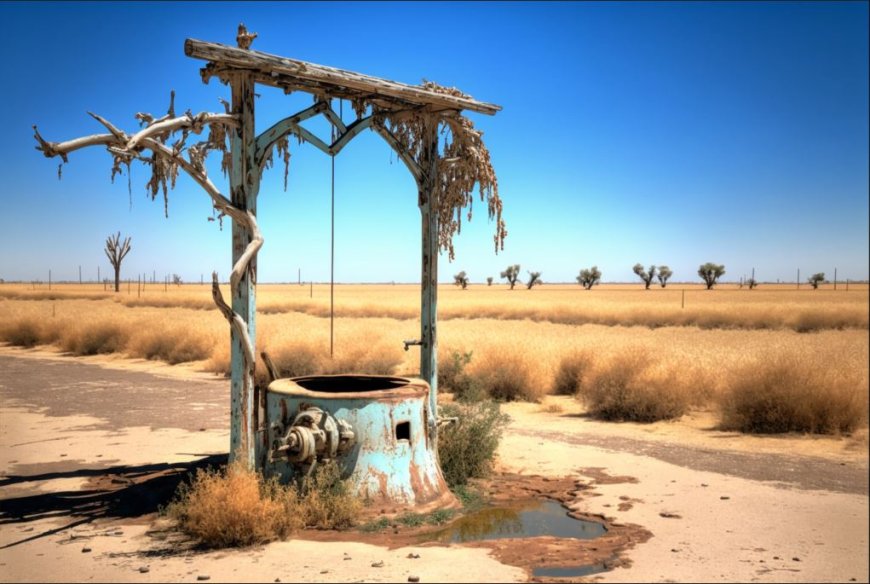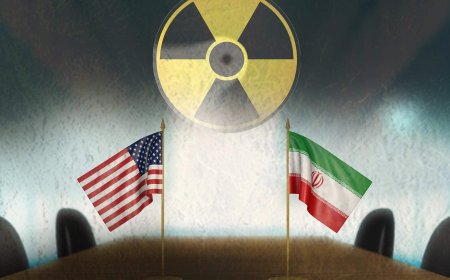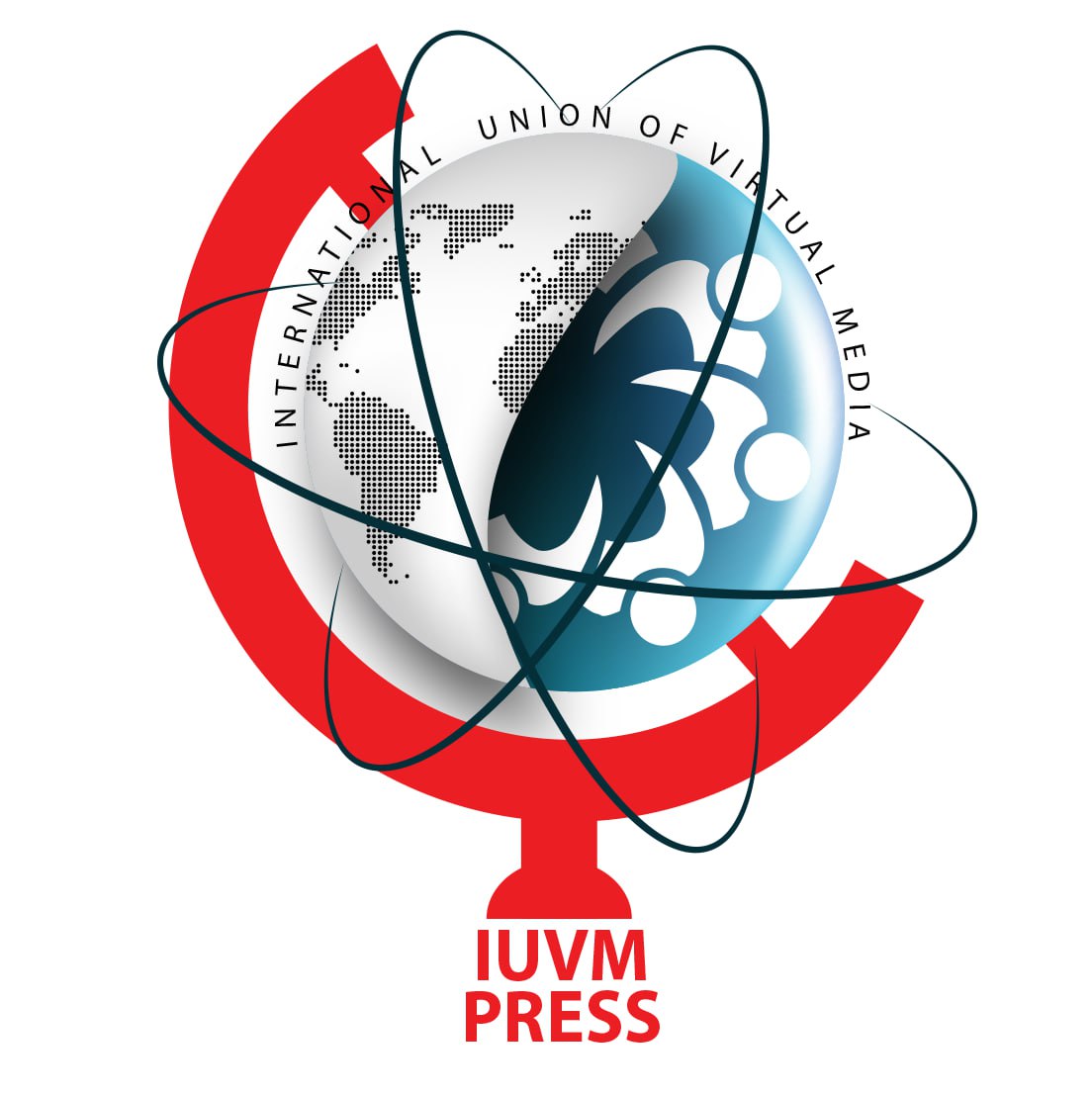The Silent Crisis beneath America’s Surface: The Battle for Clean Water in the Land of Opportunity
The water crisis in the U.S. has disproportionately impacted vulnerable populations. Data from the Centers for Disease Control and Prevention (CDC) indicates that in areas with limited access to safe drinking water or contaminated sources, the incidence of waterborne illnesses such as diarrhea, hepatitis A, and various skin diseases has risen significantly.

The Silent Crisis beneath America’s Surface: The Battle for Clean Water in the Land of Opportunity
In recent years, the water crisis in the United States has emerged as one of the most pressing social, health, and political challenges facing the nation. Despite being recognized as one of the most developed countries in the world, parts of the American population—particularly low-income communities, rural areas, and racial minorities—struggle with access to clean water in their homes. This crisis is driven by a combination of aging infrastructure, the impact of climate change on water resources, mismanagement, and deep-rooted social and economic inequalities.
Deteriorating Infrastructure and Government Inaction
A significant portion of the U.S. water distribution and treatment network is over half a century old. According to the American Society of Civil Engineers, many water pipes in both large and small cities have been in operation for more than 75 years and are in urgent need of replacement. However, local and federal budgets allocated for infrastructure renewal are insufficient.
Recent assessments estimate that a complete overhaul of America's deteriorating water infrastructure will require more than $1 trillion in investment over the next 20 years. Yet, most municipalities face financial constraints, and federal funding has been delayed or reduced due to political disagreements and shifting priorities. This inability to modernize has led to frequent pipe bursts, widespread leaks, and contamination of water sources—posing serious threats to public health.
A Public Health Crisis in Vulnerable Communities
The water crisis in the U.S. has disproportionately impacted vulnerable populations. Data from the Centers for Disease Control and Prevention (CDC) indicates that in areas with limited access to safe drinking water or contaminated sources, the incidence of waterborne illnesses such as diarrhea, hepatitis A, and various skin diseases has risen significantly.
In states like Michigan, Mississippi, and Alabama, some rural communities or areas with predominantly Black and Latino populations have endured poor water quality or unreliable access to piped water for years. The most glaring example is the Flint water crisis in Michigan, where a switch in water source without proper health precautions led to lead contamination, causing irreversible harm to thousands—especially children.
Social inequality in water access is starkly visible in America today. While the wealthy enjoy uninterrupted access to clean water, many low-income residents are forced to rely on dubious or prohibitively expensive sources.
Climate Change and the Strain on Water Resources
Climate change also plays a critical role in intensifying the U.S. water crisis. Severe droughts—especially in the western states—have placed immense pressure on natural water sources. According to the National Oceanic and Atmospheric Administration (NOAA), states such as California, Arizona, and Nevada have experienced some of the driest periods in their recorded history over the past decade.
Recurring droughts have led to the depletion of groundwater reserves and increased evaporation of surface water. Meanwhile, poor water resource management—such as excessive allocation to high-consumption agricultural industries or urban centers without regard for actual capacity—has exacerbated the situation.
Under these conditions, areas that once had stable water supplies now face mandatory rationing and soaring water costs. This crisis is projected to worsen as global temperatures continue to rise.
Social Protests and Domestic Geopolitical Fallout
The U.S. water crisis is not merely a health or environmental issue; it also has serious domestic geopolitical implications. In recent years, public protests have grown in response to limited access to clean water, mismanagement of resources, and government negligence toward marginalized communities. In cities like Jackson, Mississippi, and Flint, Michigan, residents have staged numerous mass protests demanding immediate water infrastructure reforms and accountability from officials. These social movements have placed mounting political pressure on local and federal governments. Politicians have been compelled to promise increased investment in water-related projects—although many of these promises remain unfulfilled.
Rising distrust in government institutions, the growth of social justice movements, and deepening partisan divisions over how to manage the water crisis are among the broader consequences of this issue. In such an atmosphere, the water crisis has become emblematic of a larger crisis of confidence between the American people and their governing institutions.
Conclusion
The U.S. water crisis—spanning from decaying infrastructure to climate-induced stress and entrenched social inequalities—presents a complex challenge that demands urgent, multifaceted responses. Without substantial reforms in water resource management policies, large-scale investment in infrastructure renewal, and focused attention on underserved communities, this crisis could become one of the most severe domestic threats facing the United States in the decades ahead. The growing wave of social protest also signals a clear public demand for change and justice in access to this vital resource.
Author: Mohammad Saleh Ghorbani
Translator: Ashraf Hemmati













































